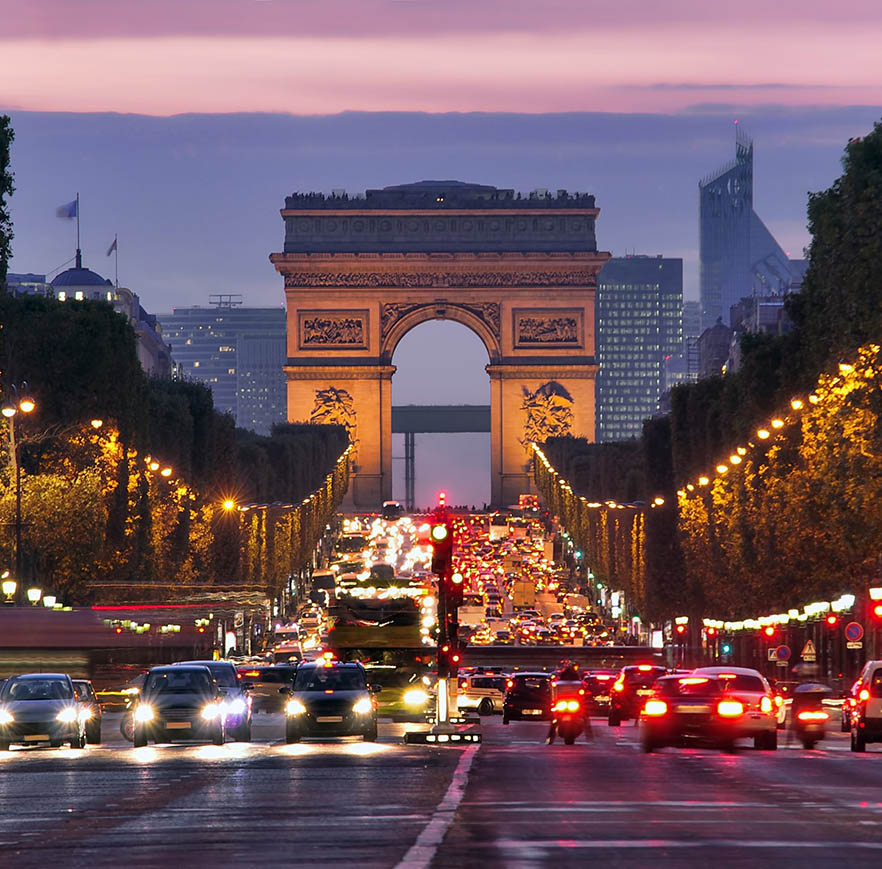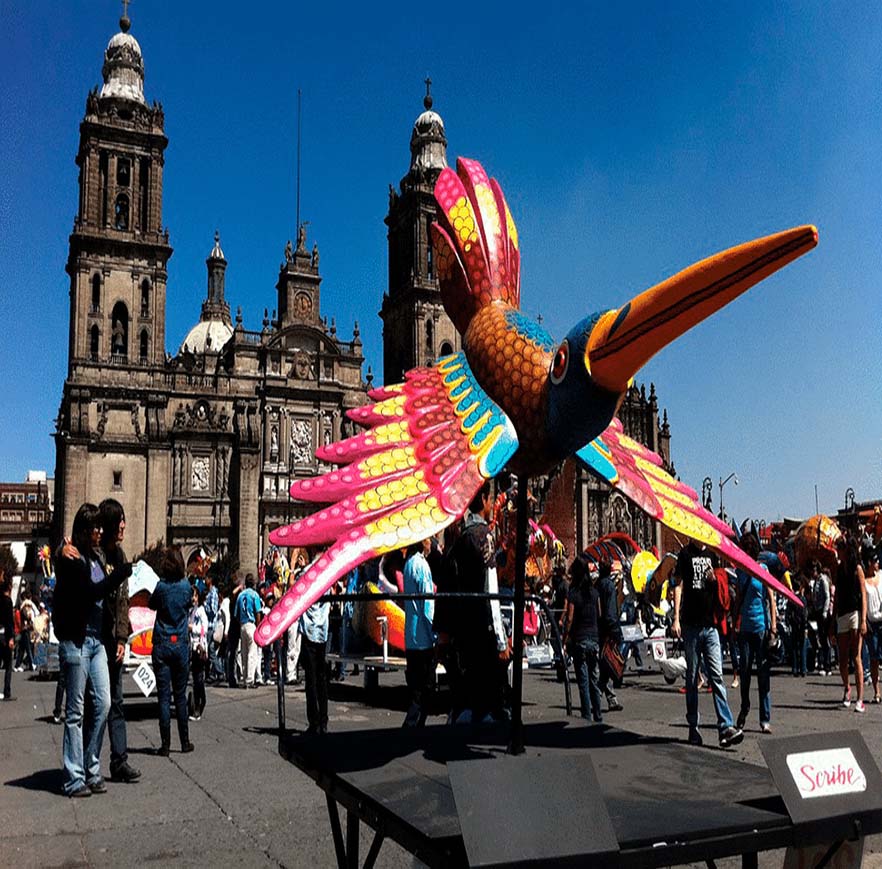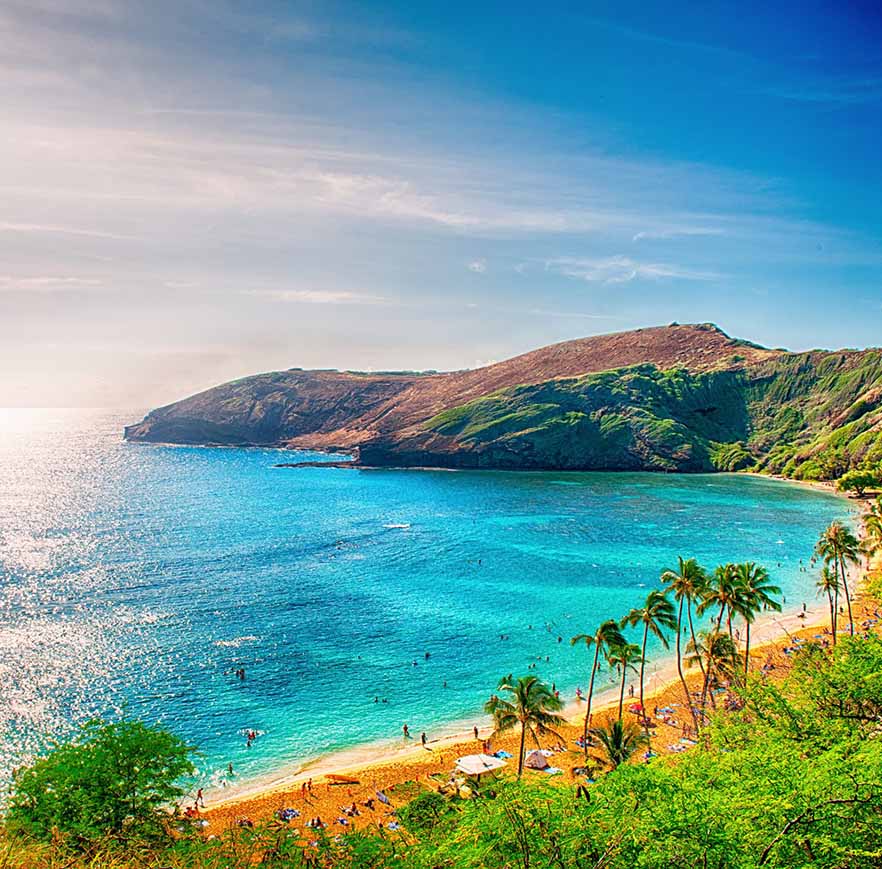Germany, a country with a rich history and vibrant culture, boasts many captivating cities. Whether you are passionate about history, art, architecture, or natural landscapes, Germany’s cities have something for everyone. Today, we will explore the top 10 must-visit cities in Germany, immersing ourselves in the unique charm and cultural essence of each one.
1.Berlin: The Intersection of Modernity and History
1.1 Iconic Landmarks
Berlin, the capital of Germany, is a city brimming with vibrancy and modernity. Key attractions include:
Brandenburg Gate: This iconic structure has witnessed significant historical events, including the fall of the Berlin Wall.
Museum Island: Located on the Spree River, Museum Island hosts five world-class museums, including the Pergamon Museum and the Alte Nationalgalerie.
Berlin Wall Memorial: This preserved section of the Berlin Wall offers insight into the Cold War era and the city’s divided past.
1.2 Culture and Arts
Berlin’s cultural and artistic scene is equally impressive:
Berlin Philharmonic: A world-renowned symphony orchestra that attracts countless music enthusiasts each year.
East Side Gallery: A preserved stretch of the Berlin Wall covered in various art pieces and graffiti, showcasing a fusion of history and art.
1.3 Culinary Recommendations
In Berlin, you can savor a wide range of cuisines, including:
Traditional German Dishes: Such as bratwurst (sausage), sauerkraut (pickled cabbage), and schweinshaxe (pork knuckle).
International Cuisine: Berlin offers a variety of international restaurants, from Turkish kebabs to Vietnamese dishes.
2.Munich: The Cultural Heart of Bavaria
2.1 Iconic Landmarks
Munich, the capital of Bavaria, attracts visitors with its unique cultural and historical charm. Must-see spots include:
Marienplatz: The central square surrounded by important historical buildings like the New Town Hall and the Old Town Hall.
Nymphenburg Palace: A Baroque palace that once served as the summer residence of the Bavarian royal family, now a beautiful park and museum.
Oktoberfest: If you visit Munich in the fall, don’t miss this world-famous beer festival, an integral part of German culture.
2.2 Culture and Arts
Munich’s cultural atmosphere is also noteworthy:
Alte Pinakothek: A museum housing a vast collection of European paintings, especially German and Dutch artworks.
BMW Museum: Showcasing the history and future technology of BMW, it’s a must-visit for car enthusiasts.
2.3 Culinary Recommendations
Bavarian Cuisine: Such as weisswurst (Munich white sausage), schweinebraten (roast pork), and schweinshaxe (roasted pork knuckle).
Beer Hall Fare: Sample local specialties and delicious beer in traditional beer halls.
3.Hamburg: The Port City of Northern Germany
3.1 Iconic Landmarks
Hamburg, an important port city in northern Germany, has a distinct maritime character. Key attractions include:
Hamburg Harbor: Europe’s third-largest port, where you can take boat tours to experience the maritime atmosphere.
Speicherstadt: Known for its historic warehouse buildings, it is one of the largest warehouse districts in the world.
Elbphilharmonie: A modern concert hall renowned for its unique architectural design and exceptional musical performances.
3.2 Culture and Arts
Hamburg’s cultural scene is rich:
Kunsthalle Hamburg: Houses a large collection of European paintings and sculptures, showcasing art from the Middle Ages to the present.
Street Art and Music: The St. Pauli district is famous for its vibrant music and nightlife scene, featuring rich street art and music culture.
3.3 Culinary Recommendations
Hamburg is known for its fresh seafood:
Fish Market: Try fresh seafood like cod and oysters.
Hamburger: The city’s namesake burger is a must-try.
4.Frankfurt: Germany’s Financial Hub
4.1 Iconic Landmarks
Frankfurt, Germany’s financial and commercial center, features a modern cityscape:
Römerberg: The historic center of Frankfurt with medieval-style buildings and the old town hall.
Frankfurt Cathedral: A landmark Gothic church known for its stunning architecture and magnificent interior.
Frankfurt Stock Exchange: One of the largest stock exchanges in the world, symbolizing Frankfurt’s importance in global finance.
4.2 Culture and Arts
Frankfurt’s cultural life is vibrant:
Museum of Modern Art: Showcases modern art from the 20th century onwards, a must-visit for art lovers.
Frankfurt Opera House: Offers high-quality opera and concert performances, attracting many cultural enthusiasts.
4.3 Culinary Recommendations
Frankfurt’s cuisine is diverse and regionally distinct:
Frankfurter Würstchen: A traditional German sausage often enjoyed with sauerkraut.
Apfelwein: A traditional apple wine unique to Frankfurt.
5.Cologne: Germany’s Religious and Cultural Sanctuary
5.1 Iconic Landmarks
Cologne is renowned for its grand religious buildings and rich cultural heritage:
Cologne Cathedral: One of Germany’s most famous Gothic cathedrals, known for its majestic architecture and beautiful stained glass windows.
Roman-Germanic Museum: Displays a wealth of Roman and Germanic artifacts, crucial for understanding Cologne’s history.
Rhine River Promenade: A picturesque stroll along the Rhine River, offering beautiful city views and unique riverside architecture.
5.2 Culture and Arts
Cologne’s cultural atmosphere is rich:
Museum Ludwig: Famous for its modern art collection, including numerous Picasso works.
Cologne Philharmonic: Offers high-quality music concerts, drawing many music enthusiasts.
5.3 Culinary Recommendations
Cologne’s local cuisine includes:
Kölsch: A light, distinctive beer that is a local specialty.
Traditional German Dishes: Such as schweinebraten (roast pork) and brötchen (German bread rolls).
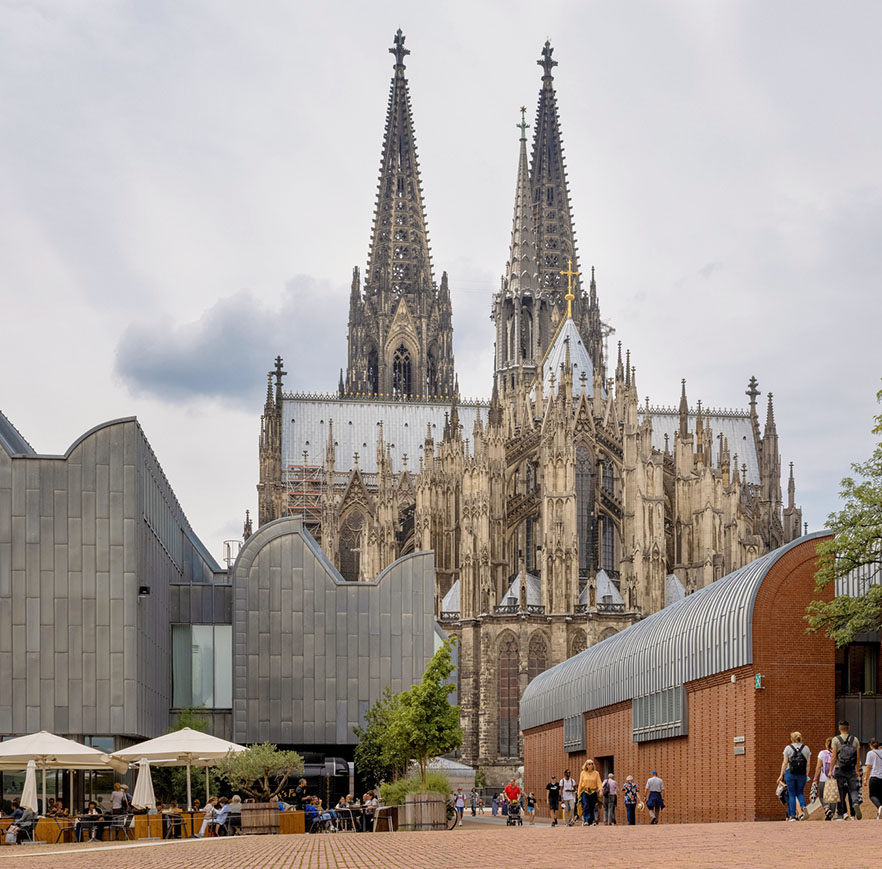
6.Nuremberg: The Intersection of History and Culture
6.1 Iconic Landmarks
Nuremberg is a significant city in German history and culture:
Nuremberg Castle: A historic castle offering panoramic views of the city and insights into its history.
Old Town: A well-preserved medieval district filled with historic buildings and traditional shops.
Nuremberg Trials Memorial: Commemorates the Nuremberg Trials after World War II, detailing this pivotal historical event.
6.2 Culture and Arts
Nuremberg’s cultural heritage is rich:
Germanisches Nationalmuseum: Showcases German history, culture, and artistic treasures.
Nuremberg Christkindlesmarkt: One of Germany’s most famous Christmas markets, offering various festive foods and crafts.
6.3 Culinary Recommendations
Nuremberg is known for its distinctive cuisine:
Nürnberger Bratwurst: Small sausages with a unique flavor, a local traditional dish.
Lebkuchen: Traditional German gingerbread, popular at Christmas markets.
7.Leipzig: The Cradle of Culture and Music
7.1 Iconic Landmarks
Leipzig is a city steeped in cultural significance:
University of Leipzig: One of Germany’s oldest universities with a long academic tradition.
St. Thomas Church: Famous as the church where Bach served as cantor, a pilgrimage site for music lovers.
Leipzig Zoo: A modern zoo offering close-up animal encounters and a diverse range of species.
7.2 Culture and Arts
Leipzig is renowned for its cultural activities:
Museum der bildenden Künste: Displays numerous paintings and sculptures, featuring both German and European art.
Leipzig Opera House: Offers high-quality opera and concerts, ideal for music enthusiasts.
7.3 Culinary Recommendations
Leipzig’s cuisine features local specialties:
Leipziger Allerlei: A traditional Leipzig dish with various stewed vegetables.
Leipziger Lerche: A unique traditional dessert from Leipzig.
8.Heidelberg: The Fusion of Romance and Academia
8.1 Iconic Landmarks
Heidelberg is one of Germany’s most romantic cities:
Heidelberg Castle: A majestic castle perched on a hill, offering breathtaking views of the city.
Philosophenweg: A scenic path along the Neckar River, perfect for leisurely walks with beautiful city views.
Heidelberg University: Germany’s oldest university, renowned for its long academic tradition.
8.2 Culture and Arts
Heidelberg’s cultural scene is also vibrant:
Heidelberg Museum: Showcases the city’s history and culture with various artworks and historical artifacts.
Heidelberg Music Festival: Features a range of music performances and cultural events, ideal for music lovers.
8.3 Culinary Recommendations
Heidelberg’s cuisine includes regional specialties:
Traditional German Dishes: Such as schweinebraten (roast pork) and sauerkraut (pickled cabbage).
Local Desserts: Like Heidelberger Schokolade (Heidelberg chocolate).
9.Darmstadt: A Fusion of Modern Art and Technology
9.1 Iconic Landmarks
Darmstadt is known for its modern art and technology:
Kunsthalle Darmstadt: Displays various modern art pieces, including paintings, sculptures, and photography.
Hessen State Museum: Features exhibitions on science and technology, ideal for tech enthusiasts.
Darmstadt Artists’ Colony: A modern art community known for its unique architectural styles and artistic works.
9.2 Culture and Arts
Darmstadt has a strong artistic atmosphere:
Hochschule für Musik: Offers various music courses and performances, a great place for music enthusiasts.
Darmstadt Cultural Festival: Showcases diverse cultural activities and art performances.
9.3 Culinary Recommendations
Darmstadt’s cuisine includes:
German Dishes: Like schweinebraten (roast pork) and sauerkraut (pickled cabbage).
Local Desserts: Such as Darmstadt Cake.
10.Mainz: A Blend of History and Culture
10.1 Iconic Landmarks
Mainz is a city rich in history and culture:
Mainz Cathedral: A grand cathedral that is a landmark of the city, showcasing extensive historical and cultural heritage.
Gutenberg Museum: Highlights the invention of printing and Gutenberg’s history, crucial for understanding the history of printing.
Old Town: A well-preserved medieval area with historic buildings and traditional shops.
10.2 Culture and Arts
Mainz’s cultural scene is also vibrant:
Mainz Art Museum: Displays various art pieces, including paintings and sculptures.
Mainz Music Festival: Features a range of music performances and cultural events, attracting many music lovers.
10.3 Culinary Recommendations
Mainz’s cuisine is diverse and includes:
German Dishes: Such as schweinebraten (roast pork) and sauerkraut (pickled cabbage).
Local Desserts: Like Mainz Apple Pie.
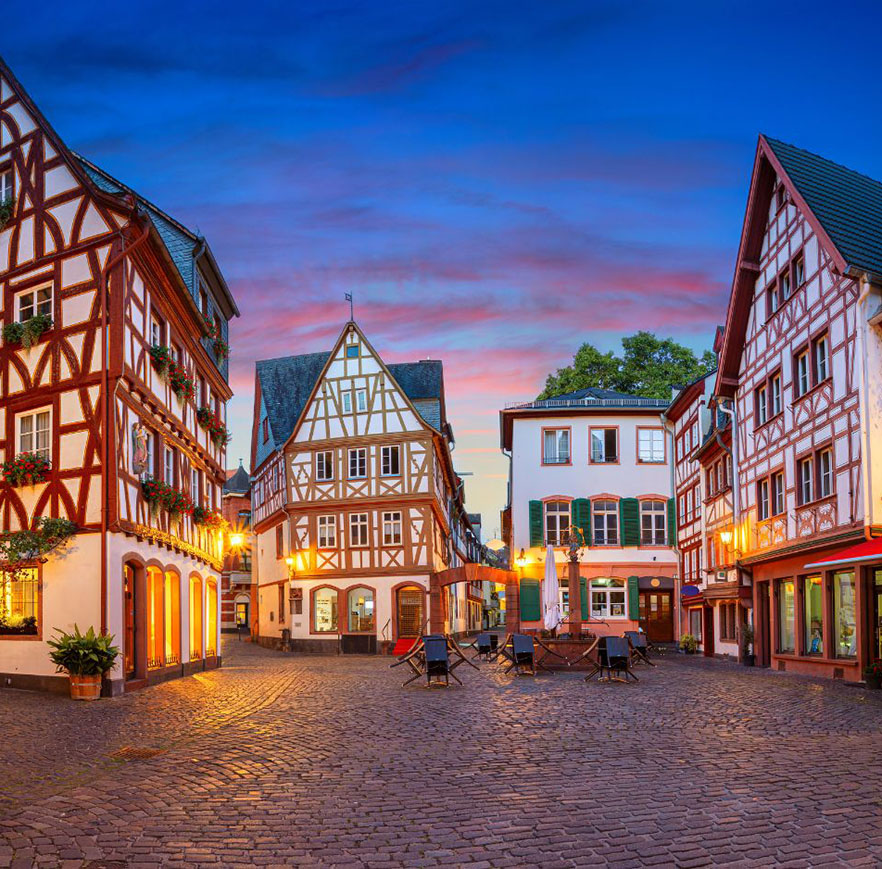
Germany’s top ten cities each offer distinct features and attractions, ensuring a rich experience for history enthusiasts, culture seekers, and food lovers alike. From Berlin’s blend of modernity and history, Munich’s Bavarian charm, Hamburg’s maritime feel, Frankfurt’s financial prowess, Cologne’s religious and cultural significance, Nuremberg’s historical heritage, Leipzig’s cultural vibrancy, Heidelberg’s romantic allure, Darmstadt’s modern art and technology, to Mainz’s historical and cultural fusion, each city awaits exploration. When planning your trip to Germany, consider including these cities in your itinerary to make your German journey truly diverse and memorable.

